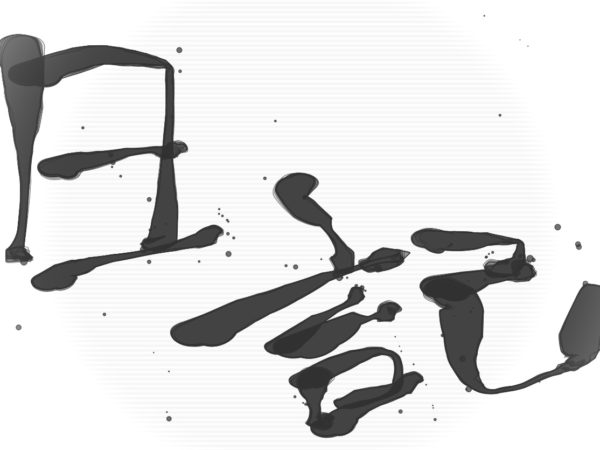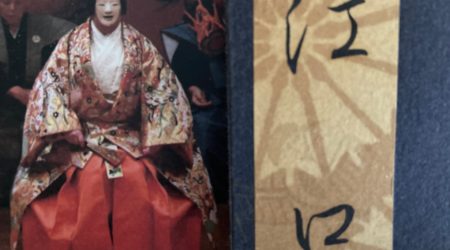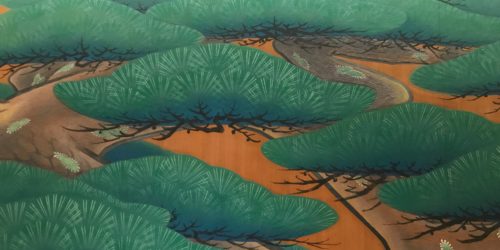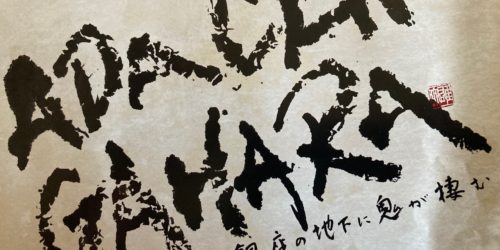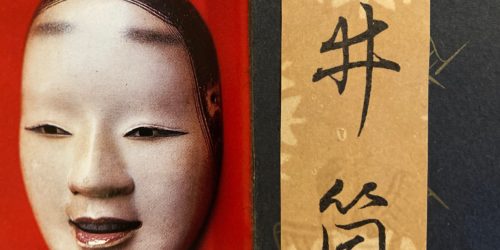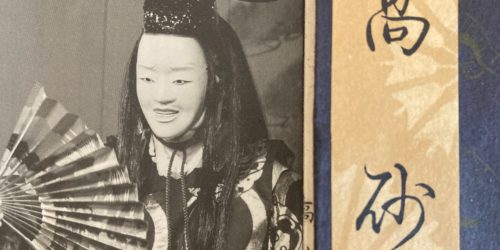I’d like to introduce the Noh play “Toru”
Sometimes I shed tears while I’m appreciating a Noh play.
Just to make things clear, it’s not by yawning.
When I have empathy for a Noh performance, my eyes are unknowingly filled with tears.
On that day, I appreciated a Noh play called, “Toru”.
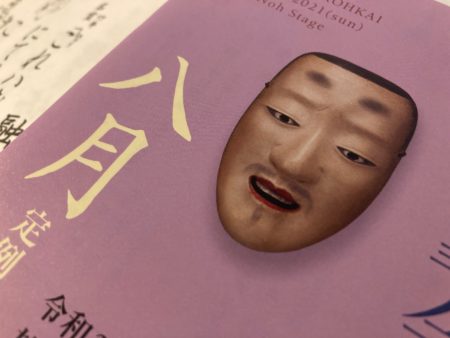
Toru is not a tearjerking story, but I kept shedding tears.
Now, I’d like to introduce an emotional scene that was really moving in Toru.
Toru was a Noh play based on a real historical person called, MINAMOTO-no Toru.
I learned about him for the first time through his poem, which is an old Japanese poem called, Waka.
I will explain the outline of this Noh play.
Toru lived in a stately mansion that had a beautiful, large garden.
After his death, the mansion was desolate.
A traveling monk visits that squalid mansion on a moonlit night.
The ghost of Toru, in the shape of an old man, appears in front of the monk.
The ghost looks back on his past days.
After that, the ghost transforms into his younger self, and he performs a dance.
Only while he is dancing does the squalid mansion and garden return to their former state.
After the beautiful dancing, the ghost returns to the afterworld.
The beautiful dancing was the climax.
The ghost of Toru stopped in the middle of the dancing on the bridge passageway that joins the main stage.
It lasted a few seconds.
Now there is no way of knowing the intention of this.
It’s conjecture, but the ghost must have gazed fondly at the garden that he had loved before.
His beautiful garden must have been an expression of his social rebellion.
So he might think of his misfortune.
His resting state made me feel his human feelings even though he was a ghost.
That appearance brought me to tears.
